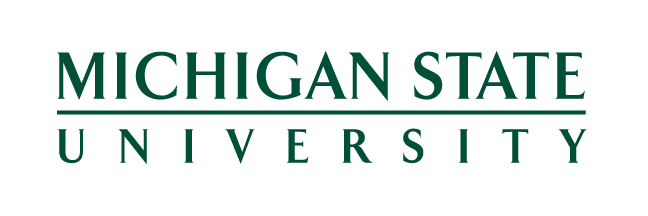Samantha Cullum
University of Pennsylvania
Jeremy Singer
Wayne State University
Katharine O. Strunk
University of Pennsylvania
Chanteliese Watson
Michigan State University
Ariell Bertrand
Michigan State University
Erica Harbatkin
Florida State University
Sarah L. Woulfin
University of Texas at Austin
Key findings include:
- Partnership districts adopted accountability measures that would require programmatic and operational changes in substantive areas of practice, rather than high-stakes measures that would significantly disrupt school staffing or governance. These measures align with a “continuous improvement” orientation embedded in the Partnership Model.
- Partnership districts converged on the minimum allowable proficiency target; nearly all districts aimed for a 3 percentage point increase in proficiency by 36-months. These decisions were informed by a desire to set attainable targets in the face of accountability pressure, especially given that the minimum target would represent a large increase in proficiency rates in many cases.
- Benchmark assessment-based growth targets varied more than proficiency targets. Most districts aimed for between 40% and 70% of their students to reach at least the 50th percentile for growth between the fall and spring testing periods by 36-months.
- Partnership districts aimed for small improvements in attendance for their interim (18-month) targets, but large improvements for their outcome (36-month) targets, reflecting a “ramp up” in developing and implementing new attendance-related systems and practices.
- Many Partnership districts planned to develop and adopt new academic, attendance, and human capital systems and strategies in the 2023-24 school year, aiming to fully implement them in subsequent school years.
- Staffing and professional development were the most common types of activities in Partnership school improvement plans for both academic and non-academic goals. Other common activities include MTSS and curriculum changes for academics and family engagement for attendance.



